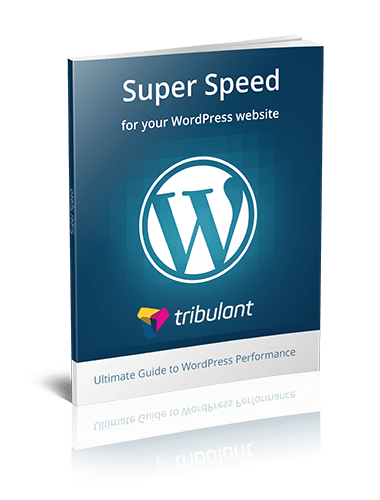Accessibility Tips for WordPress Ecommerce Websites
As an ecommerce website owner on WordPress, you need to prioritize accessibility to ensure that all users, regardless of their abilities, can navigate and engage with your online store seamlessly. Implementing accessibility best practices can help you enhance the user experience, broaden your target audience, and foster a more accepting online community. It also plays a significant role in providing equal opportunities for all individuals to access goods and services online.
An accessible website ensures that people with disabilities, such as visual impairments, hearing limitations, or motor disabilities, can interact with your online store effectively. Additionally, complying with accessibility guidelines such as the Web Content Accessibility Guidelines, Americans with Disabilities Act, or Section 508 of the Rehabilitation Act can improve your website’s search engine rankings and overall usability. This article will explore some best practices for optimizing accessibility on your WordPress ecommerce website.
1. Use a website accessibility checker
The largest barrier to full website accessibility is the effort involved in manually checking your website for potential accessibility issues. However, using a website accessibility checker is a good first step. This tool scans your website at the code level and identifies potential WCAG violations, and provides you with insights on areas that require improvement. A website accessibility checker can help you address accessibility concerns and create a friendlier online shopping experience quickly.
2. Implement accessible design and navigation
One of the fundamental aspects of website accessibility is creating a design and navigation structure that accommodates all users. Begin by ensuring that your website uses a clean and intuitive WordPress theme, making it easy for visitors to navigate and find the information they need. Use clear headings, logical page structures, and descriptive labels for links and buttons to aid users who rely on screen readers or keyboard navigation.
Moreover, you should pay attention to color contrast to ensure readability for individuals with visual impairments. Choose colors that have a sufficient contrast ratio between foreground and background elements, making text and other content easily distinguishable. WordPress provides accessibility-ready themes that follow these guidelines, ensuring a solid foundation for your ecommerce website’s design.
3. Optimize images and media with alt text and captions
Visual content can significantly enhance the appeal of your ecommerce website. However, it is essential to make images and media accessible to all users, including those with visual impairments. Provide alternative text (alt text) for images that describes their content or function. Alt text allows screen readers to convey the information to users who cannot see the images directly. You may add alt text to images using the WordPress content editor, which means you don’t have to go into the HTML code to make images more accessible.
For videos and audio content, include captions, transcripts, or audio descriptions to cater to users who are deaf or hard of hearing. Providing accessible alternatives for media ensures that everyone can engage with your content, regardless of their abilities. It also makes it easier for search engines to find and index your content, which improves your search rankings.
4. Enhance your forms and input fields
Forms and input fields are crucial elements of an ecommerce website, but they can pose challenges for users with disabilities, particularly those with visual impairments. To make things easier for people with visual impairments, you need to ensure that all form fields are properly labeled and provide clear instructions. This will help screen readers locate and identify the correct fields.
In addition, consider using error messages that are easy to understand and provide suggestions for correction. You may also add autofill functionality to your forms to streamline the form completion process.
Making WordPress ecommerce websites more accessible
By making your forms and input fields accessible, you create a more user-friendly experience for all visitors, including those who rely on screen readers or alternative input devices.
As an ecommerce website owner on WordPress, ensuring accessibility is not just a legal obligation but also a moral imperative. You can create a welcoming online environment for all users by incorporating accessibility best practices into your website design and development process. By prioritizing accessibility in the website development process, you can expand your reach, improve user satisfaction, and contribute to a more accessible online ecosystem.
Website & Email Hosting
Get the best website & email hosting for speed, security, and peace of mind. No restrictions. Freedom to do what you need in order to run your business.



No comments yet